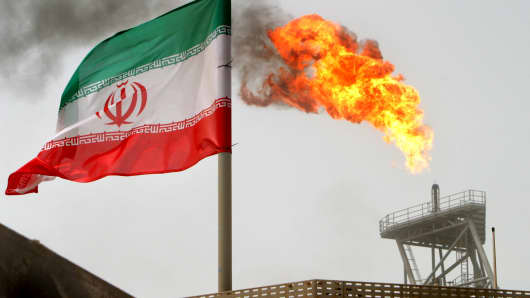It took nearly three years to happen, but oil prices finally did it. This week, prices for West Texas Intermediate (WTI) crude oil, the most popular benchmark for crude in the U.S., topped $70, and held there for the first time since 2014 — the year oil collapsed on the back of one of the biggest gluts in modern history.
The market has come a long way since then. After bottoming out at $26 in January 2016, oil traded in a range between $40 and $55 for the next two years. It broke through the $60 barrier earlier this year, and now just a few months later, is knocking on the door of $70.
While supply-and-demand fundamentals have steadily tightened over the past few years, the latest push higher stems more from geopolitical factors than anything else. On Tuesday, President Trump announced his decision to pull the U.S. out of the Iran nuclear deal, raising concerns about Middle East oil supplies — Iran's in particular.
More from ETF.com:
Now that it's left the accord, the U.S. intends to reimplement sanctions on Iran following certain "90-day and 180-day wind-down periods," according to Treasury Secretary Steven Mnuchin.
"At the conclusion of the wind-down periods, the applicable sanctions will come back into full effect. This includes actions under both our primary and secondary sanctions authorities," Mnuchin added.
Analysts say renewed sanctions on Iran could prove detrimental to Iran's oil exports, which currently total 2.5 million barrels per day. In particular, secondary sanctions, which punish companies and individuals of other countries for doing business in Iran, may make it difficult for Iran to sell its oil even as other signatories to the nuclear accord — such as Europe, Russia and China — pledge to remain in it.

